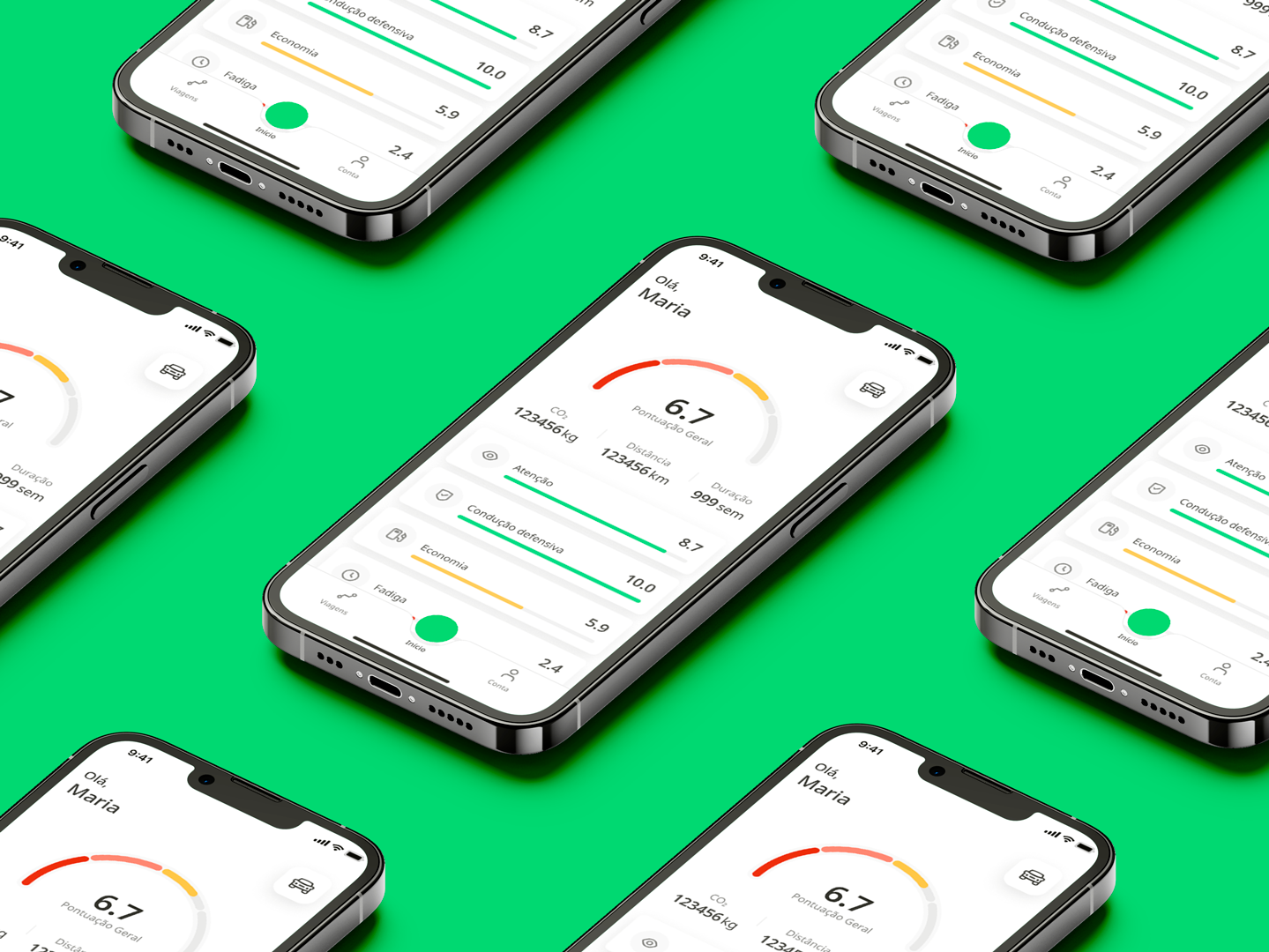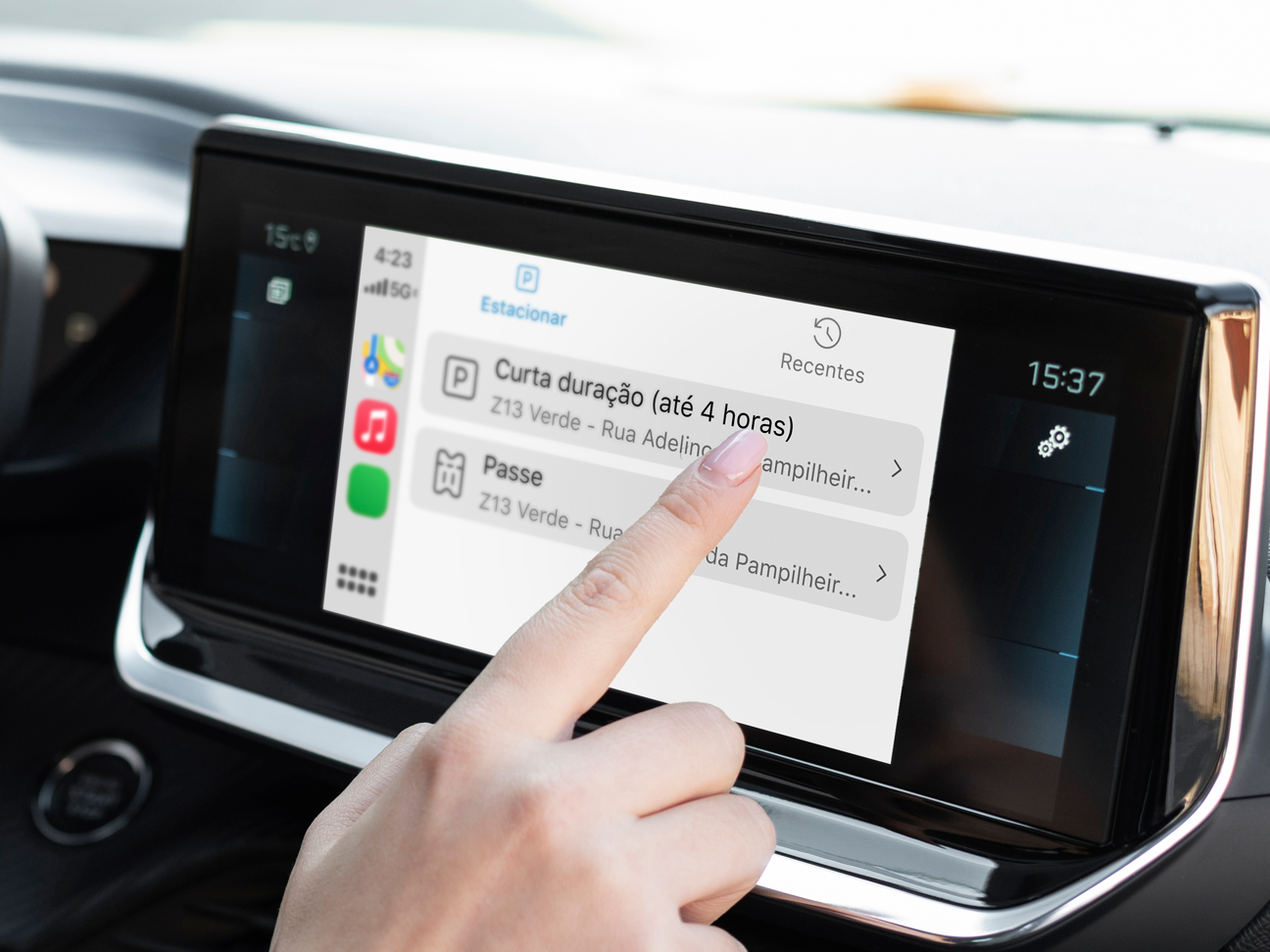Context
CAIXA, a major Brazilian bank, faced challenges with its outdated Design System (DS). Originally, there was a push to develop the mobile Android version directly, lacking a holistic view. The project's revival was initiated by the UX Chapter after the departure of the previous outsourced company. However, there was a clear gap in strategic vision. Business-oriented stakeholders aimed to proceed without a comprehensive analysis, which posed a risk, as the existing structure was evidently obsolete. Despite lacking prior DS experience, I was chosen to lead this initiative, leveraging my background in strategic planning and workshop facilitation.
Problem
The core issue was how to safely evolve an outdated DS. The UX leadership recognized the need for an updated DS, but the existing version, used extensively, required a complete overhaul due to a lack of maintenance and advancements in Figma and design governance. Investing in the current structure risked creating a non-scalable solution for CAIXA's vast ecosystem, encompassing over 500 web systems and 14+ apps, impacting both internal and external users nationwide.
Solution
The strategic revitalization of CAIXA's Design System was achieved through a comprehensive overhaul, focusing on scalability and user-centered design. This included developing a new Foundation library, establishing a robust framework for future digital product development. Furthermore, accessibility was enhanced, ensuring the system met high standards, particularly in color palettes. Influence on CAIXA's branding was also notable, with the adoption of a proprietary font aligning digital products with the brand identity. Operational efficiency was optimized by introducing DesignOps practices, improving metric tracking and workflows.
My role and Impact
In this project, I played a pivotal role in steering the team through a complex overhaul. My leadership was instrumental in:
• Strategic Direction: Applying frameworks like Cynefin and Design Thinking to guide the project.
• Stakeholder Alignment: Facilitating workshops and discussions to ensure all stakeholders were engaged and informed.
• Team Leadership: Managing and mentoring the team, fostering a collaborative and efficient work environment.
• Influencing Branding Decisions: Providing insights that led to significant branding changes.
• Driving Operational Improvements: Advocating for and contributing to the development of DesignOps practices.
Planning
To address this complex problem, I employed the Cynefin framework, advocating for a Design Thinking approach to gain a systemic understanding and guide stakeholder decisions. During the team's formation, we adopted a collaborative learning strategy, creating product artifacts while exploring the DS. This led to a roadmap (visualized in FigJam) developed through stakeholder negotiations. The team, initially comprising an Angular developer, three designers (including myself), and later joined by a development tech lead, utilized agile methodologies for task management and decision-making. Workshops, grounded in Design Thinking, facilitated context understanding and scope definition, ensuring stakeholder alignment.
Execution
As the project progressed, new members joined, necessitating knowledge uniformity and emphasizing delivery speed. Despite this, we prioritized foundational elements, focusing on a renewed foundation library due to brand validation requirements, especially concerning colors and official fonts. An unexpected early launch event, driven by senior management, required managing expectations with over 500 attendees, highlighting the project's complexity and ecosystem constraints.
Result
After several months, we successfully launched the new Foundation library, incorporating accessibility standards and a token structure tailored to CAIXA's diverse needs. This achievement marked a significant milestone, leading to increased consistency across web products and app updates. Notably, our work influenced CAIXA's branding, with the adoption of a proprietary font and improved color accessibility. The project's success led to increased investment in the team, including hiring accessibility specialists and additional developers. Furthermore, the UX Chapter began focusing on metrics and DesignOps, improving operational efficiency.
This project not only revitalized CAIXA's Design System but also established a foundation for scalable and user-centered design practices, demonstrating the impact of strategic design leadership.
Learnings
This project highlighted the importance of detailed strategic planning in complex design projects, especially in large organizations. Collaboration and alignment with stakeholders proved crucial for project success, emphasizing the need for effective communication. Prioritizing user-centered design principles resulted in more effective and accessible digital products. Adaptability was essential to navigate unexpected challenges, such as early launch events, while maintaining project progress. Additionally, the project reinforced the value of building a solid foundation before expanding, demonstrating how a good fundamental structure positively impacts team speed and efficiency
__
Note: I can’t disclose detailed information about the project due to contractual restrictions.
Note: I can’t disclose detailed information about the project due to contractual restrictions.


